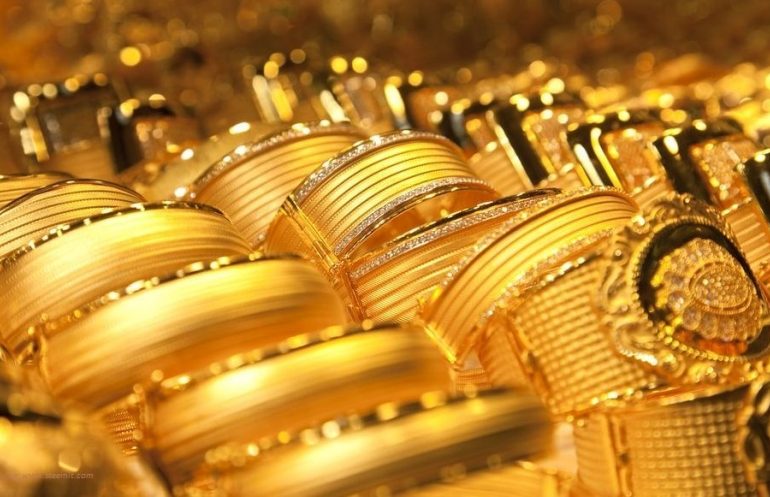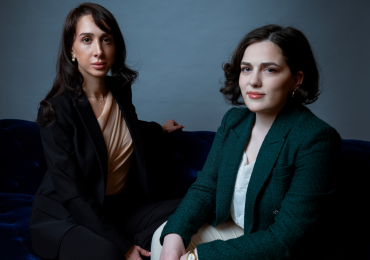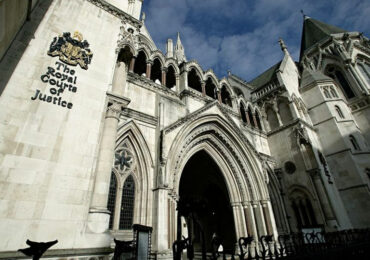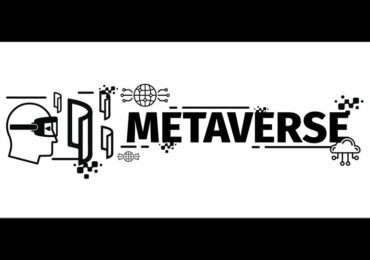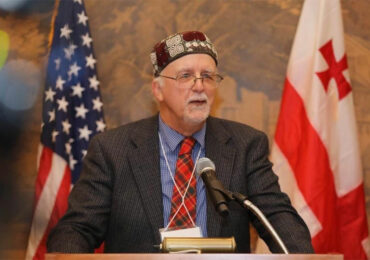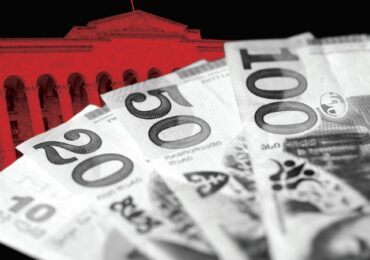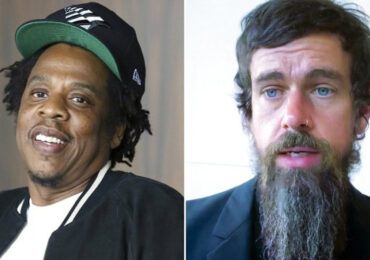Some people are just unfathomably rich. According to Forbes, Amazon’s Jeff Bezos is the wealthiest man alive, with $113 billion to his name. That’s just a hair shy of the combined gross domestic product of Myanmar, Laos and Cambodia, which have around 74 million people between them. If Jeff and his 66 richest friends were to get together, some people say that party would have more combined wealth than the planet’s 3.5 billion poorest people.
Surely in our modern world, where technology enables the creation and consolidation of truly incomprehensible wealth, we are living among the richest individuals in history. Turns out, definitely not. The world’s wealthiest individuals lived in earlier times, in eras in which pure wealth was harder to measure.
Estimating wealth in bygone eras is difficult because what it means to be wealthy varies widely from epoch to epoch. How do you value the land holdings of Persian emperors? Does multiplying the weight in ounces of Genghis Khan’s hoard by $1,505.45 (the most recent price of gold per ounce, as of October 2019) really tell you what his wealth was worth at the time? In economies where there was no such thing as true currency, taxes were levied in barley, and literacy might as well have been rocket science, slapping dollar amounts on things is an exercise in wild speculation.
But that doesn’t make it any less fun. Take Marcus Licinius Crassus, with an estimated net worth of $2 trillion. The original value investor, he bought whole swathes of Rome when they were on fire and only sent his army of enslaved builders and architects to put out the flames if the owners paid up. When Spartacus led a rebellion in 73 BCE, Crassus personally fielded two legions. Legend has it that he died when molten gold was poured in his mouth, a potent symbol of his thirst for riches.
We don’t have to go back to antiquity to find people with truly unsettling wealth, however. John D. Rockefeller had anywhere from $400 billion to $650 billion, depending on the estimate. J. P. Morgan – the man not the bank – was the United States’s lender of last resort before the Fed was established, stabilizing the economy through a massive loan to the government following the Panic of 1893.
But rather than trying to measure wealth in absolute terms, maybe it’s best to look at who, in their own time and place, was so rich that they personally defined the value of money. In all of history, there are two people who controlled so much wealth relative to everyone else that spending it (voluntarily or not) could send the economy of the known world into a tailspin.
Mansa Musa
In 1324, Mansa (“Emperor”) Musa of the Malian Empire went on hajj, the Muslim pilgrimage to Mecca. His entourage consisted of around 60,000 people and a quantity of gold that sent ripples throughout the entire Mediterranean world. He showered the cities he visited with gold, giving it away to the poor and, according to one account, building a new mosque every Friday. He spent especially lavishly in Cairo and Medina, and the sudden influx of money sent prices for everyday goods soaring.
Realizing that he had personally caused a wave of hyperinflation to plague an entire region, he personally embarked on a quantitative easing program, snapping up all of Cairo’s gold on loan at a high rate of interest. He was a one-man macroeconomic cycle. According to AJH Goodwin, no one else has ever had that kind of individual influence on the eastern Mediterranean economy.
Atahualpa
But what about the Americas? In 1532, a brutal war of succession between half-brothers Atahualpa and Huáscar was just coming to an end, and the Incan Empire was beginning the process of recovery. When dealing with the Incan Empire, issues of economic context are especially hairy. It is the only complex, large-scale civilization ever to develop without any semblance of a market. There was no notion of money at all. Rather, the entire state was organized as a kind of family unit, with the Inca (the Emperor) controlling everything: food, clothing, luxury goods, houses and people. As a man, you served the emperor as a farmer, laborer, craftsman or soldier. In exchange you were provided with everything you needed to survive. Even wives were considered gifts of the Inca.
When Spanish conquistadors ambushed Atahualpa at Cajamarca and took him prisoner, he was able to muster a ransom like no other, filling a large room with gold. His power was so unquestioned that he could have whole temples stripped of gold, and he did. There was nothing in the empire he did not, in theory, own. While the figure is largely meaningless in context, the ransom he paid would be worth over $230 million today (based on calculations by John Hemming). The Spanish killed him anyway and gutted his empire, but the billions of dollars’ worth of gold and silver that flooded into Europe after 1500 caused high inflation and a prolonged economic slump. Much of the vast sums of gold that sank Europe’s economy in the 16th century came from Atahualpa.
